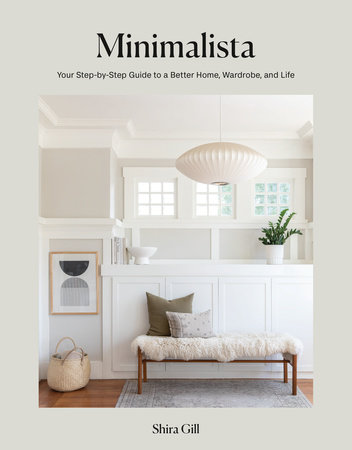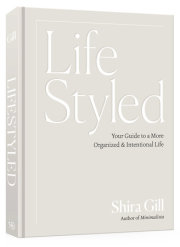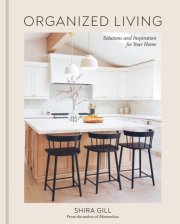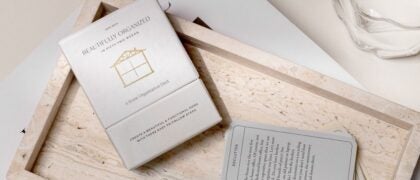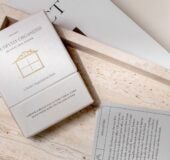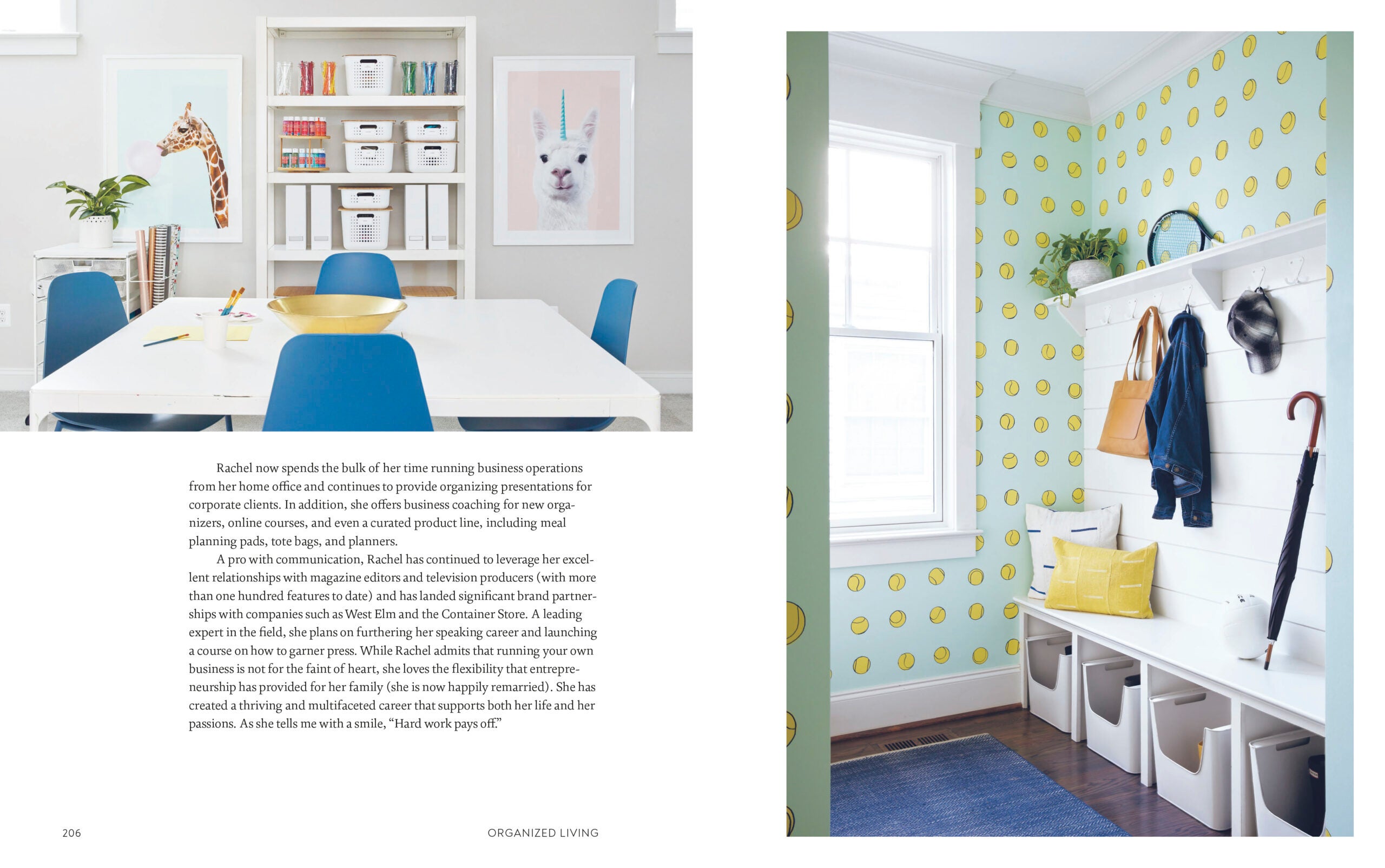IntroductionHi, I’m Shira. I started my home organizing and lifestyle business in San Francisco, California, because everyone I spoke to, regardless of their occupation or income level, was overwhelmed by clutter, and I knew that I could help.
My superpower is the ability to help people clarify and home in on what they value most. Paring down to the essentials is the most direct route to figuring out who you are and what you truly care about. In fact, there are few things I enjoy more than teaching others how to create living spaces that help them improve their lives on every level.
Over the course of my career, I’ve helped clients all over the world declutter and organize their homes. I’ve worked with students who lived in run-down studio apartments, and I’ve helped multi-multi-millionaires in mansions that took up entire city blocks. My clients have included actors, tech entrepreneurs, brain surgeons, and NASA scientists, and here’s what I’ve learned: A cluttered living space is a universal stress trigger; it doesn’t matter who you are or where you live. (Clutter doesn’t care if you’re smart or famous.) More than that, your stuff tells an important story. Your belongings are a physical manifestation of your life—your stuff can reveal what you value, what your priorities are, and where you’re stuck or struggling. The good news is that you get to decide what story you want your stuff to tell moving forward.
Like any superpower, mine has a complicated backstory. I grew up as an only child, and my parents went through a pretty rough divorce when I was eight. My court-appointed joint custody schedule was bananas (I traveled back and forth every other day), and I discovered that having my personal space feel under control was essential for my overall sense of well-being. Organization became an important form of self-care for me and a way to reclaim some control in a world that often felt out of control. Before I knew that someone’s life could be changed by teaching them how to edit and organize, and before I even knew what those words meant or that they could add up to a career,
I knew that I needed my room to look and feel a certain way. I’ve got my own home now, and my need for it to be kept neat and streamlined has remained.
Despite their differences, one thing my parents did have in common was an anti-materialistic philosophy that was not uncommon in Berkeley, California, in the late 1970s. We had what we needed, but my parents valued experiences over possessions and instilled creativity, kindness, and curiosity as core values. Now I get to carry those teachings forward by showing my clients the benefits and freedom of having LESS in a sea of noise telling us that what we need to be happy is MORE.
That noise was especially loud when I had my first daughter. I was determined to retain my sense of style and say “no” to all the latest gizmos and gadgets and baby gear despite the pressure to do otherwise. When other moms asked how I got by without “all of the things,” I showed them, and that’s how my business was born.
Early on, I set myself apart by integrating minimalism, styling, and thoughtful design into my work with clients. The classic ethos of minimalism taught me so much about paring down my belongings and living a life based on experiences rather than material things. I was inspired by the leading voices of minimalism, who luxuriated in white space and could fit their belongings in a backpack, but I longed for examples of minimalism that embraced a broader range of styles and aesthetics and was applicable to a reality that included a husband, children, a weak spot for vintage jeans (don’t judge!)—and not a lot of time.
As I created my own brand of minimalism and introduced it to my clients, it became evident that elevating one’s style was an inevitable and delightful by-product of curating one’s belongings down to the highest-quality essentials.
Additionally, the more I worked with people, the more I saw that bigger issues often lurked beneath the clutter—shame, guilt, loss, trauma—and that the process of editing and organizing a home could also be an opportunity to clarify and realign with larger life goals and values.
I trained at, and became certified through, the Life Coach School, and I developed a professional set of coaching tools that have helped me take the work even deeper. Being a life coach and an organizer helps me approach the challenge of clutter through a unique lens and allows me to help my clients make dramatic and lasting transformations—both from the outside in and from the inside out.
I call the San Francisco Bay Area home, and I live in a one-hundred-year-old, 1,200-square-foot bungalow, where I share one tiny bathroom and two closets with my husband, two daughters, and our puppy, Patches.
What Minimalism Is and Isn’t Welcome to the start of your journey toward a clutter-free life.
Before we dive in, I want to acknowledge that suffering caused by the accumulation of clutter is a condition of privilege, as it requires both a home and a budget to accumulate those possessions. In helping others let go of excess and embrace minimalism, it is not my intention to ignore nor diminish the fact that many people live with less than they need. For countless individuals and families, this is a reality and not a choice.
Minimalism can help improve every aspect of your life by freeing you from the clutter, distraction, and noise that stand in the way of living out your true purpose and values. Now, before you conjure up images of empty spaces with stark, white walls, let me explain how I define
minimalism. To me, minimalism doesn’t refer to the lack or absence of something. It’s about having the
perfect amount. Just enough without the excess. More specifically, I mean the exact right number of something for you. You might love hats. No problem. One hat is the perfect number of hats for me. For you, it could be ten. It could be fifteen. It’s probably not one hundred. I preach a philosophy of minimalism that confronts excess—not one that deprives you of the things you actually enjoy. In the end, whatever the number, you’ll be left with only the hats you truly love, they’ll be displayed nicely, and you’ll always be able to find them.
It’s likely that you currently own more stuff than you need or can easily manage. Most people do. I’m also betting that the sheer volume of what you have, mixed with a lack of functional systems, has created an environment that feels cluttered, overwhelming, and stressful. But fear not. I’ve seen homes a lot worse than yours (I promise), and I know from experience that every home has the potential to be streamlined, clutter-free, and a place you want to kick back and relax in at the end of a long day.
I’ve also moved more than twenty-five times. It sounds crazy saying it out loud, but it’s true. Even early on, when resources were tight, maintaining an organized, stylish, and comfortable home was always a priority. I became a bit of a transformation junkie, learning how to effect change in the most simple, efficient, and impactful way possible. My true “aha!” moment occurred in college, when I realized that I could up-level my space simply by stripping away clutter. Instead of buying more things that I felt I “needed,” I could improve the look and feel of my space simply by owning less, and I discovered that a well-made bed and some fresh flowers was better for my state of mind than piles of laundry and pizza boxes on the floor.
Since founding my business, I’ve coached families and individuals from coast to coast, helping them create streamlined, personalized homes that support their values and priorities. After working with so many people, a series of questions started to emerge: How can I apply this process to other areas in my home on my own? How can I get my kids or partner on board? Is it okay to get rid of something that was given to me as a gift? Am I a terrible parent if I want to throw out my kid’s art? This book is the answer to all those questions and more.
I’m not going to lie to you: this work takes time, energy, focus, and commitment. It’s simple but not always easy, and if you try to tackle it all at once, it can feel like an impossible task. As a busy working parent myself, I realize that editing and organizing your entire home can be a daunting task. Who has time to dedicate entire days to culling through mountains of clothing, housewares, or paperwork?
For this reason, my process (and this book) focuses on transforming one room at a time, one small section at a time. My clients love this approach because it helps get them out of overwhelm (“It’s all too much!”) and into action (“I finished my sock drawer!”). When you tackle even a single drawer, you’ll experience success, boost your confidence, and start to feel hopeful, even excited, about tackling the rest of your home.
Copyright © 2021 by Shira Gill. All rights reserved. No part of this excerpt may be reproduced or reprinted without permission in writing from the publisher.





